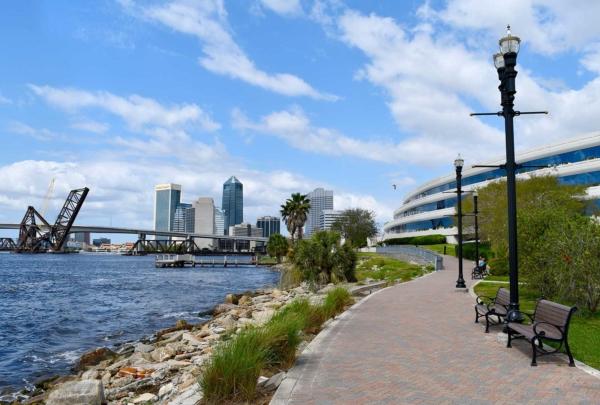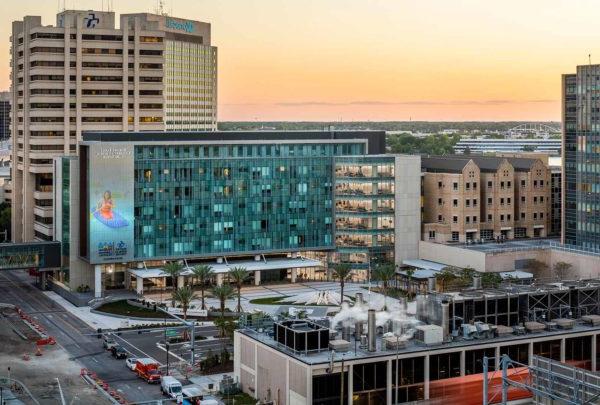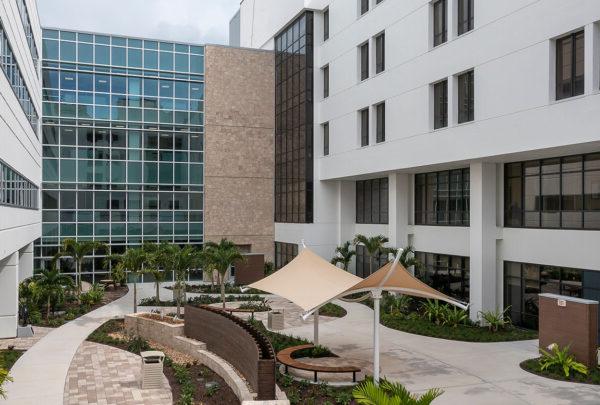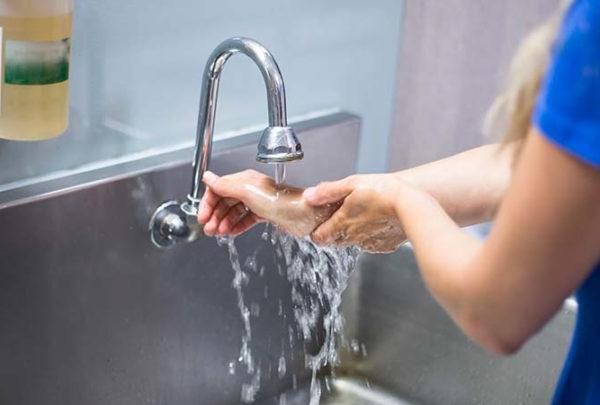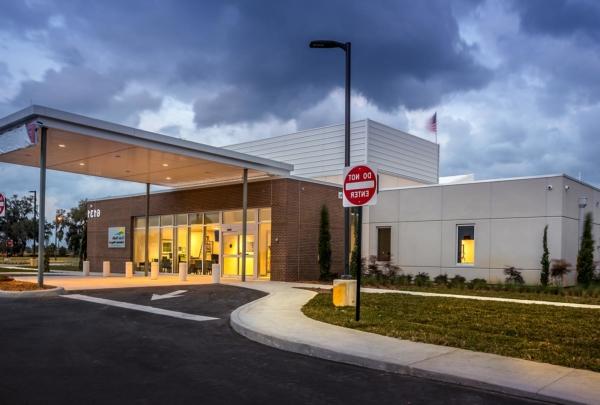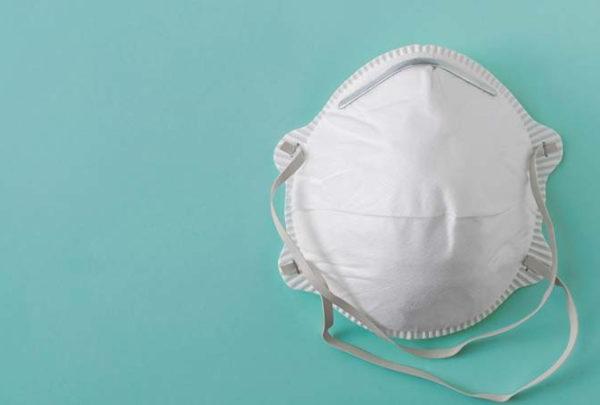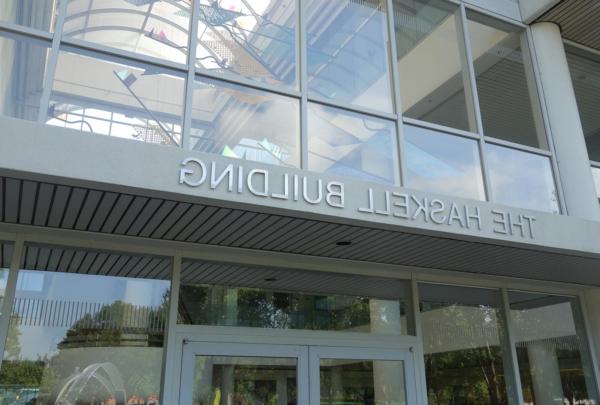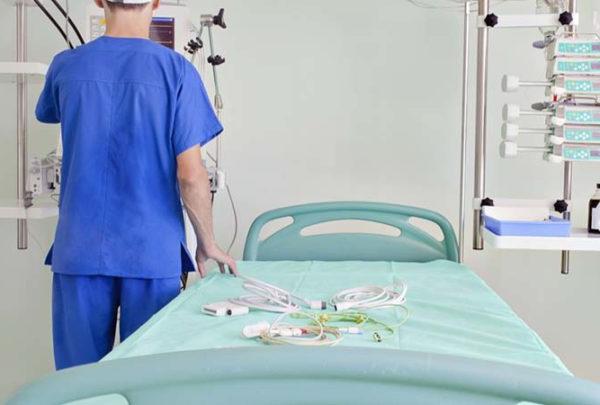Let’s imagine for an uncomfortable minute that viral outbreaks become the “new normal.” Yes, a vaccine will probably be developed for the scourge we call COVID-19 and life will return to a more careful version of what it looked like before it arrived on our shores in January, but only after hundreds of thousands have died from it (approximately 300,000 globally* and counting) and millions have lost their jobs. But what if in a few more years we’re confronted with another contagion, something even more consequential! And after that, something yet again until we become callous and reluctantly accept the deadly threats of monster viruses, just like we have learned to accept the consequences of tornados, hurricanes, and wildfires.
Every virus breeds and transmits differently, which means there will never be a medical one-size-fits-all solution that can be yanked from the shelf and distributed as needed. As we’re seeing in this real-time scenario, we’ve learned it might take a year or more (or may never) to create a vaccine, go through the human trials, distribute it, and finally administer it safely. (As a point of reference, HIV was first identified in 1959 in the Democratic Republic of Congo. Today, there are effective treatments to combat the virus but still no vaccine.**) And, while we hunker down during this “year-or-more” medical mad dash, all the real damage is being done! We are losing friends and loved ones, countless businesses won’t survive, jobs are lost, and our economy is threatened with collapse.
Will we no longer be able to work or play in close proximity without the anxiety of wondering whether those contacts might unintentionally kill us? Will office buildings become obsolete? How about restaurants? And bookstores, coffee shops, theaters, everywhere we used to gather in groups, will they become too risky an option to consider visiting? What about concerts, sporting events, learning institutions, religious services, weddings, funerals…the list goes on and on! The “social distancing” guidelines of staying 6 feet away from the other 7.8 billion occupants of this planet will be almost impossible to follow. Oh, I would love to imagine having 144 sf of lounging space on the airplane or light rail, but I don’t imagine that’s going to be a feasible option anytime soon.
I don’t think we need to start making any wholesale changes to our built environment just yet, or that we need to cast off our cultural norms of entertainment. We are social creatures. The last thing we need for our collective mental and economic wellbeing is to isolate ourselves from one another. We gain empathy when grouped together: exchange currency and services, form and nourish connections by sharing food and drink, and console our grieving friends and loved ones with our warm embraces. Whatever the answer ends up looking like, it must provide a platform to support and nurture the connectivity that is the essence of the human condition.
Bottom line: We need a “meanwhile” option that moves us beyond the mask and gloves solution to a more robust method of protection from physical and airborne contact while we wait for a medical solution that protects us systemically. We need a user-friendly product that shields our “personal space,” that sacred 3 foot sphere, from invading pathogens. Will this “meanwhile” solution be a sophisticated form of protective gear that will hang in our closets until we’re alerted to put it on? Perhaps there could be an app on our devices that will surround us in a Star Trek-like invisible barrier or one that immediately alerts us to pathogens lurking nearby.
Which all brings me to my point: Who is better suited to be at the table when these “meanwhile” ideas are being advanced than leaders in the design community? I’m looking at textile design, product design, engineering, aerospace (and others). Let’s get these folks together with the knowledge experts within the scientific, technology, and social sciences communities and bang it out. Designers are well-practiced at assembling disparate puzzle pieces and distilling them into cohesive solutions. This is in our wheelhouse. Consider how the design process works: We gain an understanding of the issues, collect data from the various pertinent resources, develop and test options, and then throw in a healthy dose of creativity to make it consumer-friendly.
Our creative instincts should guide us toward a sustainable solution, and you can bet, it will seem obvious once we find it. Isn’t that always the case?
Design is the bridge that connects dreams to reality.
*Worldometers.info, May 13, 2020
**Wikipedia.org






